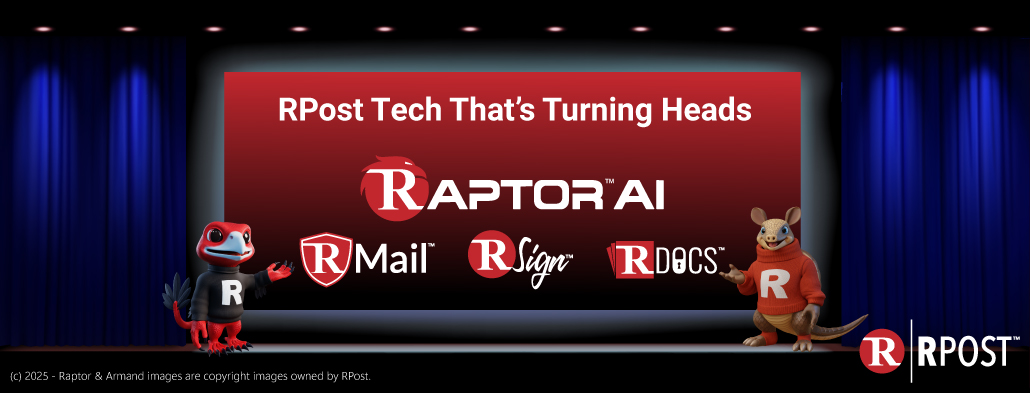
The company travel agent, Leah, sometimes gets some really insightful inside information about her client company – sent to her accidentally. Fortunately, she is a trusted outside contractor and politely replies to her client, “I think you did not intend to send this to me.”
Oops? All of that sensitive business information intended to go to Leah in accounting, instead went to the outside travel agent, Leah.
What happened? Microsoft Outlook and Office 365 are great. Email is great. Modern email programs are fantastic. They even help anticipate to whom you are trying to send information, and they provide address recommendations with the email address auto-complete function. Turn this off, and you are lost; you are stuck searching, copying and pasting contacts into email fields.
We have all become so comfortable with email address auto-complete, and we all love it, especially since we are always trying to do more with less time. The problem is that we humans make mistakes.
We type the first letter of the address, glance at the first part of the email address that pops up, click enter, and boom — the email address is in the “To” field. We finish the email and send it. If the auto-complete popped up a different “Leah”, we often do not even notice the rest of the email domain that caused the email to go to the wrong person.
But when the “right” email — the one with all of the sensitive financial, attorney-client privileged, health, insurance, investment information — goes to the wrong recipient, what then? You think, “Ugh.”
But, if you catch it quickly, there is that fancy “Recall” button in Microsoft Outlook. Quickly click the recall button, and you are saved. Phew.
Or so you think.
That fancy recall button may work if sending to someone inside your company. However, when sending email to an external party, all they get is a second email from you saying that you wanted to recall the email that they already got. The original email remains in their inbox. Even worse, your mistake is now highlighted. The recipient thinks, “what was so important that the sender wanted it recalled?” And, due to human nature, they cannot resist looking!
Fortunately, there are ways to deal with this problem. And it is a major problem – more so for lawyers, insurance, and real estate professionals, in addition to business staff. Human error is the no. 1 cause of accidental data breaches, and 37% are because of data sent to the wrong recipient, according to information reported by law firms to the U.K.’s Information Commissioner’s Office (ICO). Over the next several Tech Essentials briefs, we will discuss some of the technical and human error challenges that cause a variety of data leaks, and we will present you with some solutions.
Know More: How to Recall an Email in Outlook
One of the solutions for the above issue is to use the new RMail feature, “Right Recipient” which uses predictive technology to provide a second chance for you to visually verify a full email address in an easy-to-see way. It even adds colors by the email address (red, yellow, or green) depending on the predicted risk that the technology discerns is the likelihood that you may be sending the right email to the wrong person.
RMail Right Recipient™ is provided in partnership with DocsCorp, and it now comes packaged with other data leak tools like cleanDocs advanced metadata cleaning and RMail Anti-Whaling and Email Encryption. All of this is now in one simple Outlook add-in that is installed in minutes.
If you are interested in a second chance to send the right email to the right recipient, contact RMail today.

December 12, 2025

December 05, 2025

November 21, 2025

November 14, 2025

November 07, 2025